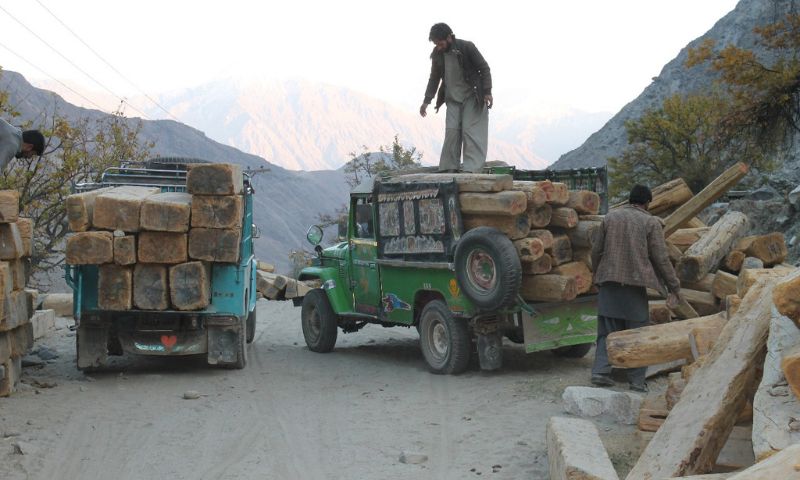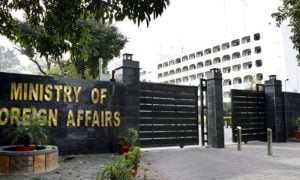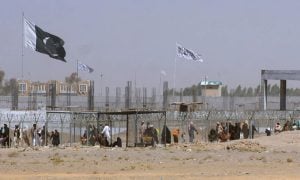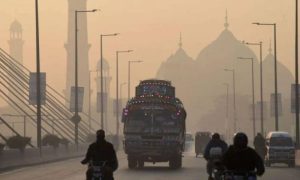KEY POINTS
- Khyber Pakhtunkhwa floods intensify yearly, climate change and deforestation blamed.
- Tree loss turns hills into deadly, unstoppable flood zones.
- VIPs, politicians, and bureaucrats buying up Makhniyal forests.
- Over 22,000 forest acres threatened for commercial projects.
- 406 killed, 1,398 homes destroyed in KP floods.
- Flood damages hit staggering Rs 20 billion this year.
- Deforestation, fires, floods amplify KP’s environmental and human risks.
PESHAWAR, Pakistan: In Pakistan—particularly in its northwestern Khyber Pakhtunkhwa (KP) province—floods have turned into an almost annual disaster, their intensity amplified by climate change.
Experts warn that rampant deforestation is a critical factor, as loss of tree cover strips the soil of its natural ability to absorb rainwater, opening the floodgates to destructive torrents across the province’s hilly terrain year after year.
Powerful interests at play
At a time when forest conservation and large-scale tree plantation are more crucial than ever, powerful investments by politicians, ministers, former judges, and senior bureaucrats in the scenic Makhniyal area—around 15 kilometres northwest of Islamabad—have added fuel to the fire.
The administrative manoeuvring is widely viewed as a calculated attempt by influential quarters to clear the way for real estate and commercial projects at the expense of protected forests.
To push this agenda, pressure is purportedly being exerted on the Forest Department to de-notify more than 22,000 acres of forest land in Makhniyal.
As part of this process, four union councils have already been transferred from the Galiyat Development Authority (GDA) to the Urban Area Development Authority (UADA).
Ironically, while forest lands are being opened up for commercial gain, the province is simultaneously paying the price of climate-induced disasters that highlight the urgent need for stronger environmental safeguards.
According to the Khyber Pakhtunkhwa’s Provincial Disaster Management Authority (PDMA), as of August 24, as many as 406 people have died and 1,398 houses—1,030 houses partially and 368 completely—destroyed due to recent floods and cloudbursts, while 56 bridges across different districts have also been damaged. The initial estimate of the damages has been placed at Rs 20 billion.
Makhniyal has now turned into a business hub where many VIPs have purchased land. But the Khyber Pakhtunkhwa Forest Ordinance, 2002, is the biggest obstacle to their development projects, which is why attempts are being made to change the status of the forests.
Sensing the growing threat of climate disasters, the Khyber Pakhtunkhwa Local Government Department in 2020 forwarded a summary, proposing the transfer of four union councils of Makhniyal to Galiyat Development Authority (GDA), in a bid to prevent illegal construction.
Subsequently, on March 16, 2020, the union councils of Barkot, Garmatan, Muslimabad, and Kariah union councils were officially placed under GDA’s control.
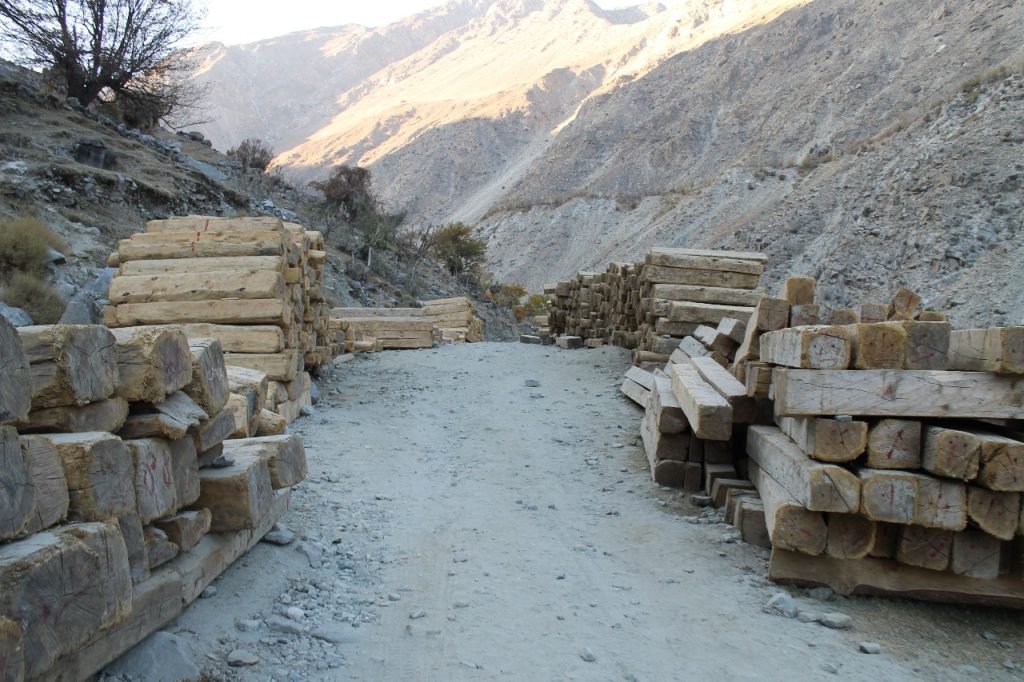
The very next day, March 17, 2020, GDA wrote to the Haripur Deputy Commissioner, seeking the imposition of Section 4 of the Land Acquisition Act, 1894, to halt land transactions and construction activities.
Later, on June 5, 2020, GDA directed the Tehsil Municipal Administration (TMA) to hand over all records, but the TMA only provided a list of approved building plans.
Turf war over Makhniyal
Highly-placed sources in the Khyber Pakhtunkhwa Tourism Department informed WE News English that during the caretaker government in Khyber Pakhtunkhwa—which governed the province from January 2023 to March 2024 following the dissolution of the provincial assembly—GDA came under pressure to de-notify these union councils and return them to the TMA Haripur. However, the Tourism Department opposed the move, proposing instead the creation of a dedicated tourism authority for the area, modelled on the Kalash example.
At the time, Tourism Secretary Mutahir Zeb resisted the denotification plan, standing his ground despite mounting pressure.
A decision was made to replace him; however, the Election Commission of Pakistan refused to issue the required No-Objection Certificate (NOC), allowing him to remain in office.
Later, on June 15, 2023, GDA’s board decided that due to the persistent problems related to building plan approvals, staffing shortages, and financial constraints, the union councils should be returned to another authority.
Subsequently, the Local Government Department recommended handing them over to the Urban Area Development Authority (UADA) Haripur.
The first forest demarcation in the province was conducted in 1860 during British rule, declaring 144,000 hectares as forest land.
Building on this recommendation, the provincial government soon escalated the matter by constituting a high-level cabinet committee.
On June 20, 2025, a committee was constituted, chaired by Minister for Local Government Arshad Ayub. The committee includes Revenue Minister Nazeer Abbasi, Special Assistant to the Chief Minister (CM) on Forests Pir Musawir Shah, Advisor to the CM on Anti-Corruption Brig (retd) Musadiq Abbasi, Forest Secretary Shahid Zaman, and the Secretary of Local Government.
The committee has been tasked with reviewing construction frameworks and development projects under UADA Haripur’s jurisdiction.
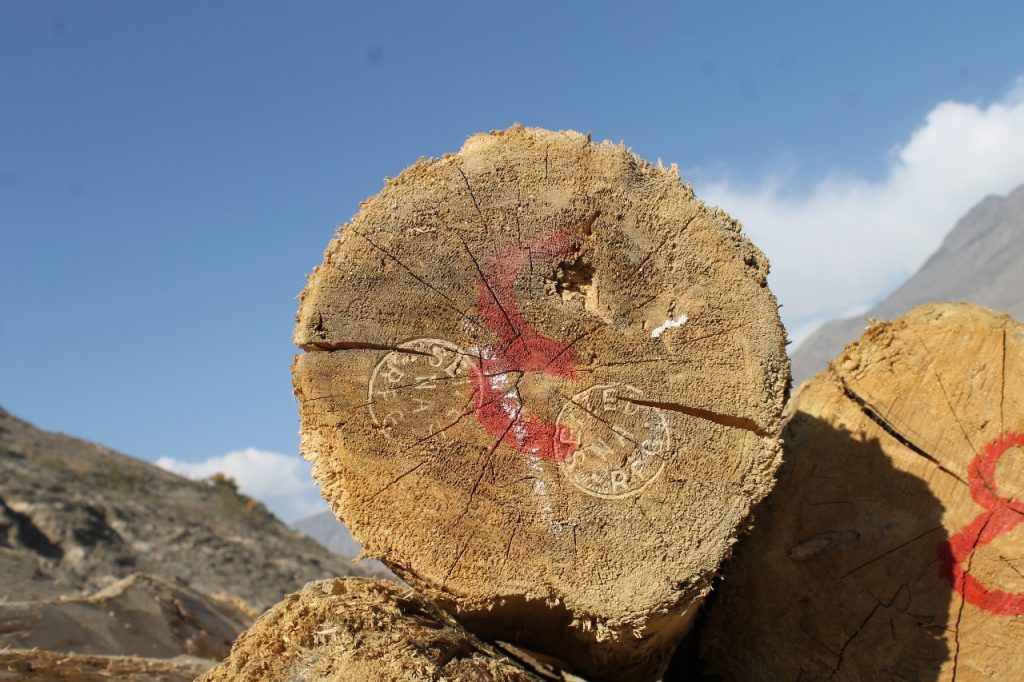
Forest Secretary Shahid Zaman confirms the committee’s formation, stating experts have conducted a thorough survey, and the report will soon be submitted to the Chief Minister.
Sanctuary turned business hub
Data obtained from the Forest Department shows that Makhniyal’s four union councils collectively span 22,635 acres of forest—including 9,452 acres of reserved forest, 12,794 acres of wasteland, and 388 acres of guzara forest.
It merits a mention here that no construction is allowed in reserved forests; wastelands are designated for tree plantation; while guzara forests are privately owned by locals, which may be sold but cannot be converted to another use.
Adil Zareef, Convenor of Sustainable Conservation Network (SCN)—which advocates biodiversity, heritage, and environmental sustainability—says that large-scale deforestation has taken place in areas with restricted public access, often going unnoticed.
Illegal logging is rampant in such areas, involving locals as well as the timber mafia, he adds.
Makhniyal has now turned into a business hub where many VIPs have purchased land. But the Khyber Pakhtunkhwa Forest Ordinance, 2002, is the biggest obstacle to their development projects, which is why attempts are being made to change the status of the forests.
If these forests are de-notified, the already destructive floods in Khyber Pakhtunkhwa will intensify further, placing the entire province at severe environmental risk.
Makhniyal’s four union councils collectively span 22,635 acres of forest—including 9,452 acres of reserved forest, 12,794 acres of wasteland, and 388 acres of guzara forest.
Sources within the department say that the Forest Department is under immense pressure to allow denotification.
The Local Government Department has already submitted a summary to the cabinet and, according to the sources, it is in favour of the move.
The Forest Department, however, has cited the Khyber Pakhtunkhwa Forest Ordinance, 2002, as the main stumbling block standing in the way of de-notifying the forest land.
Deforestation’s deadly price
The urgency of the issue is underscored by recent climate disasters. In 2025, the mountainous districts of Chitral, Kalam, and Hazara were severely affected by heavy rainfall, cloudbursts, and landslides.
The impacts included the bursting of glacial lakes in Upper Chitral, sudden flooding in the Swat River in Kalam, and the blockage of the Karakoram Highway in Hazara division.
In 1992, floods caused around 2,500 deaths, while the 2010 floods caused massive destruction in the Swat Valley, and as many as 1,150 people lost their lives in Khyber Pakhtunkhwa, and extensive damage to infrastructure.
SCN Convenor Adil Zareef adds that from 2000 to 2023, forests in Khyber Pakhtunkhwa declined at an average rate of 1.5 per cent per year, with Chitral alone losing 3,759 hectares between 1992 and 2009. In 2022, forest fires destroyed 5,839 hectares of forests and pastures.
“Continued deforestation significantly amplifies the intensity of floods and environmental disasters in the region,” Zareef warns.










